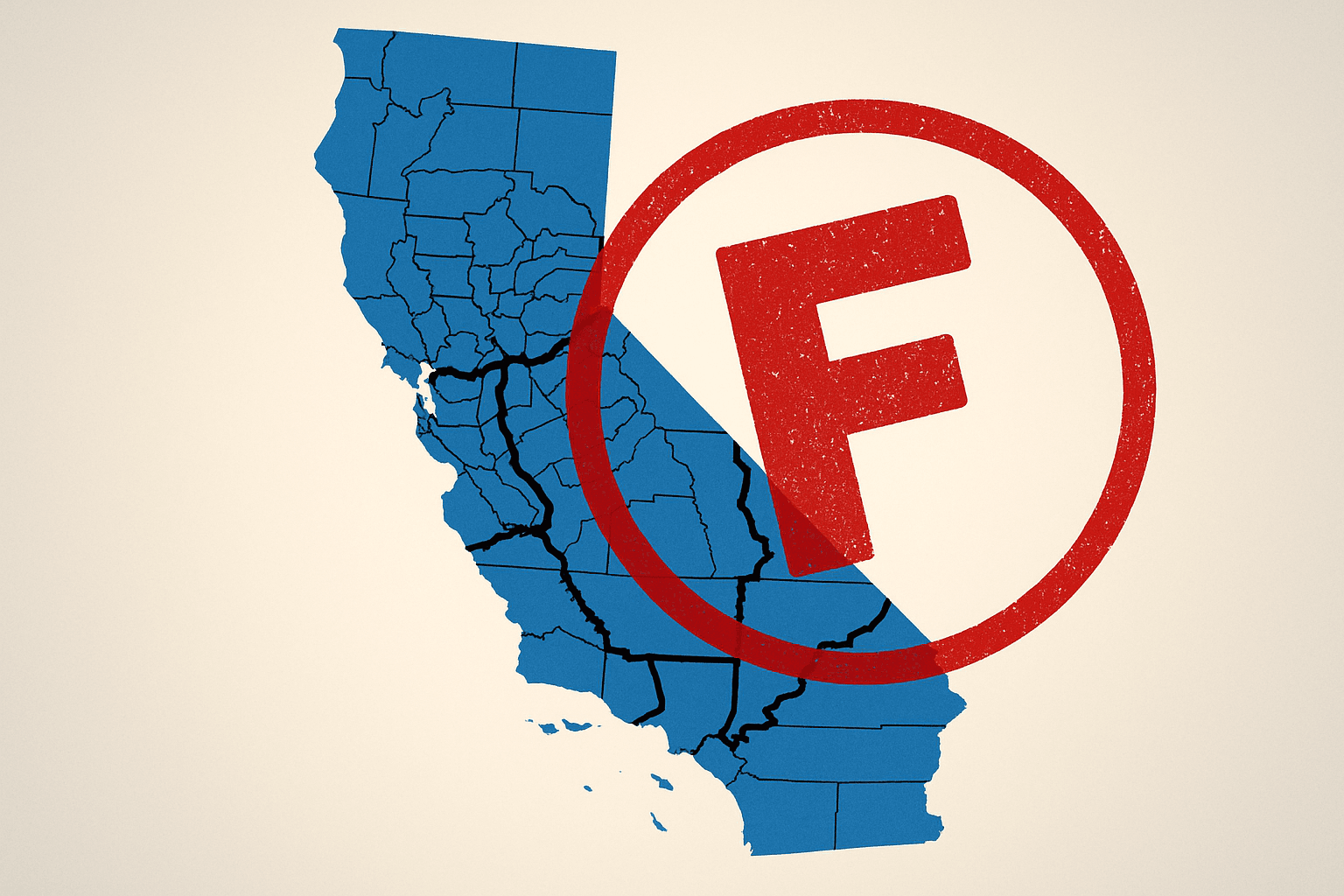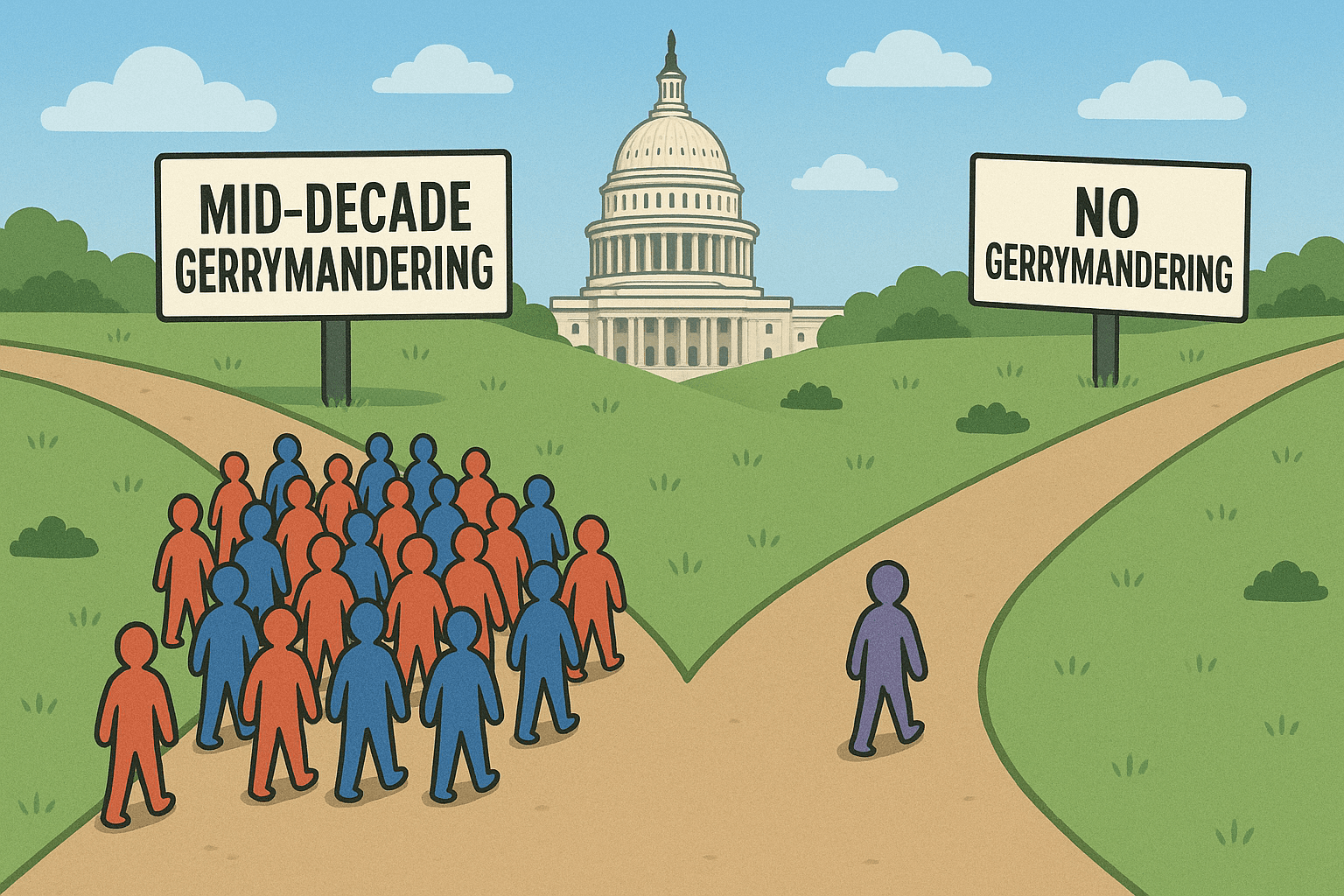If You Aren't Eligible to Vote, Supreme Court May Rule You're Not A Person

On Tuesday, the Supreme Court agreed to hear the case, Evenwel v. Abbott. The case centers on what constitutes the principle of 'one person, one vote,' which came out of the 1964 Reynolds v. Sims decision.
The group behind the challenge is a a 501(c)(3) organization called the Project on Fair Representation. The same group successfully challenged key provisions of the Voting Rights Act in the case, Shelby County, Alabama v. Holder in 2013.
The plaintiffs contend that Texas' State Senate districts that were drawn in 2013 under Plan S172 are unconstitutional via the Fourteenth Amendment since the districts were drawn with respect to the total population as opposed to just the number of eligible voters. A ruling in favor of the plaintiffs would dramatically redefine how district lines are drawn as it is likely to favor rural areas with more political clout over urban ones since rural areas tend to have a higher percentage of eligible voters within the district's population.
Douglas Johnson from the National Demographics Corporation explained on Facebook:
Districts today are drawn based on equal total population, not equal numbers of eligible voters.In California, Congressional Districts are equal in total population (within 1 person), but vary widely in eligible voters (as defined by Citizen Voting Age Population). At the extremes, Congressional District 1 has 521,232 eligible voters, while CD 40 has only 261,568 -- a two-to-one difference.
California wouldn't be the only state that would have to break out the redistricting maps if the court were to reinterpret the meaning of 'one person, one vote.' Most states would need to reapportion districts if the high court finds that only eligible voters can be considered 'persons' under the 1964 precedent.
Representing the defendant, Texas Governor Greg Abbott, Texas' attorney general, Ken Paxton, argues decades of court precedent are in their favor:
“Plaintiffs cite no case in which a court has accepted their claim that the Constitution compels States to apportion their legislative districts based on voter population, as opposed to or in addition to total population. And multiple precedents from this Court confirm that total population is a permissible apportionment base under the Equal Protection Clause. Nothing in this case warrants a different result.”
Editor's note: An earlier version indicated only registered voters would be recognized if the decision favored plaintiffs. Such a decision would recognize eligible voters, not just registered. The article has been corrected.
Image Source: Texas Tribune



